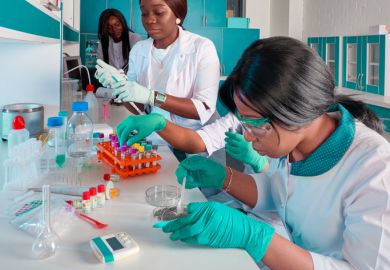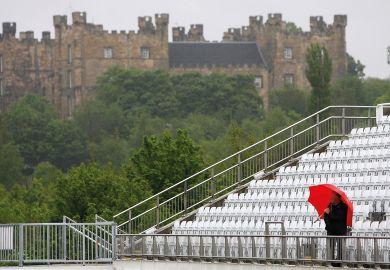More than 2,000 children from poorer backgrounds are missing out on places at “elite” universities every year because of their socio-economic status, it has been claimed.
Annually, some 2,200 fewer disadvantaged children attend top institutions than would be expected if they were to follow the same educational path as their better-off peers with similar levels of attainment at primary school, according to research published today by the Social Mobility and Child Poverty Commission.
The research, conducted by the Institute for Fiscal Studies, looks at data for 520,984 children born in 1991-92, and finds that the early promise shown by the brightest poor primary school students appears to be lost during their time at secondary school.
By the age of 16, high-achieving children from the most disadvantaged families have typically been overtaken by pupils from the best-off families who were only average achievers at age 11.
Of the 8,000 highest-achieving 11-year-olds from disadvantaged backgrounds, only 900 went on to study at an “elite university”, the research states. An extra 2,160 would be expected to do so had they followed the same trajectory as the best off pupils with similar attainment at primary school.
If the performance of those from poorer backgrounds was brought into line with their wealthier peers, it would almost double the number of children from poor backgrounds at highly selective universities, the research suggests.
“This research shows that Britain is wasting young talent on an industrial scale,” said Alan Milburn, the chair of the Commission. “Each year, 2,000 of the brightest poorest children who have done well at primary school seem to lose direction in a secondary school maze and so miss out on a top university place.”
According to the findings, students from poorer backgrounds who do make it into an “elite” university tend to do so with lower grades than their more advantaged peers.
Some 47 per cent of the most deprived children enrolling at selective universities achieve at least three A or B grades at A level, compared with 73 per cent of the least deprived children.
This could be because poorer students tended to accept places at institutions that, although considered “high status”, are “somewhat less elite” than others within that group, the research says.
It could also be because students from less deprived families were exceeding their grade offers to a greater extent than deprived students, or because some universities may be using “contextualised admissions processes” to account for applicants’ circumstances when making entry offers.
However, a more simple explanation offered by the report is that children from more deprived backgrounds are less likely to apply to elite institutions.
“It is therefore important that universities and policymakers provide students from poorer backgrounds with advice to encourage greater numbers of applications to elite institutions, as those with the top grades stand a good chance of getting in if they do apply,” the research concludes.
The researchers define “high status” universities as the 41 institutions that are either in the Russell Group, or had a higher average score than the worst-performing Russell Group member in the 2001 research assessment exercise.
Register to continue
Why register?
- Registration is free and only takes a moment
- Once registered, you can read 3 articles a month
- Sign up for our newsletter
Subscribe
Or subscribe for unlimited access to:
- Unlimited access to news, views, insights & reviews
- Digital editions
- Digital access to THE’s university and college rankings analysis
Already registered or a current subscriber? Login




